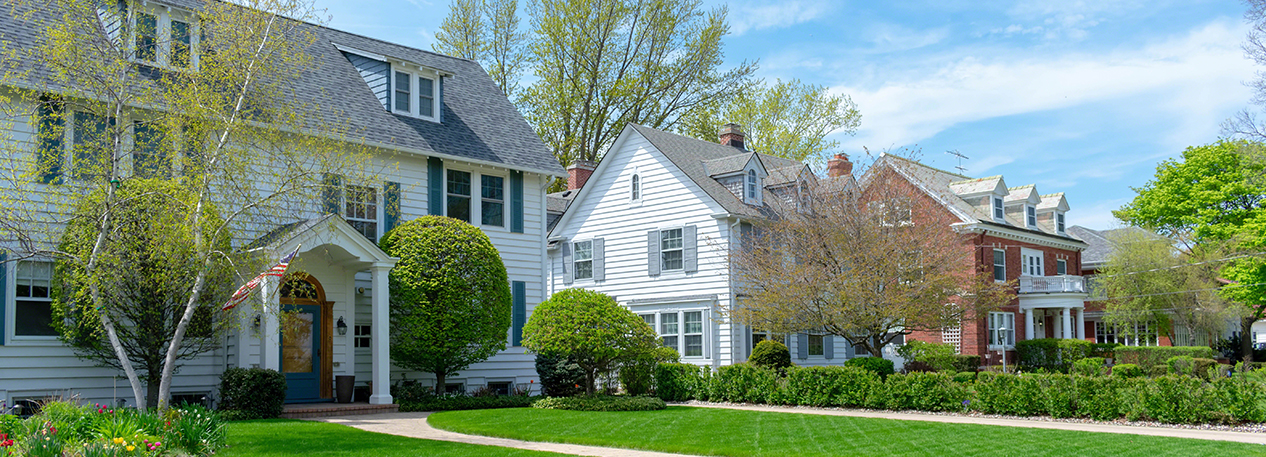Income inequality has been widening in the United States since the 1970s and is now greater than in any other industrialized country. While U.S. median household income has barely grown over the past four decades, the income of the top-earning households has almost doubled. In other words, the U.S. economy’s overall growth has disproportionately accrued to the very rich. This phenomenon has garnered popular attention—witness, for example, the Occupy Wall Street movement of several years ago and the worldwide popularity of economist Thomas Piketty’s book Capital in the Twenty-First Century. Besides the social concerns that income inequality raises, it also has tax implications. And considering how much their share of total income has been rising over the past 40 years, how those with the highest incomes should be taxed is becoming an increasingly important question, especially when the governments of the U.S. and most other developed countries have been accumulating debt. One answer that is often proposed is to significantly raise taxes on those in the top 1 percent of the income distribution. Even a small change in the tax rates applied to the top 1 percent could raise tax revenue significantly, as the top 1 percent contribute disproportionately to total U.S. output and total tax revenue. Would high taxes on the economy’s most productive members discourage their efforts that contribute to economic growth? As with most economic policies, when we think about how to tax the 1 percent, we need to consider the complex trade-off between equity and efficiency.
This article appeared in the Second Quarter 2017 edition of Economic Insights. Download and read the full issue.
View the Full Article
